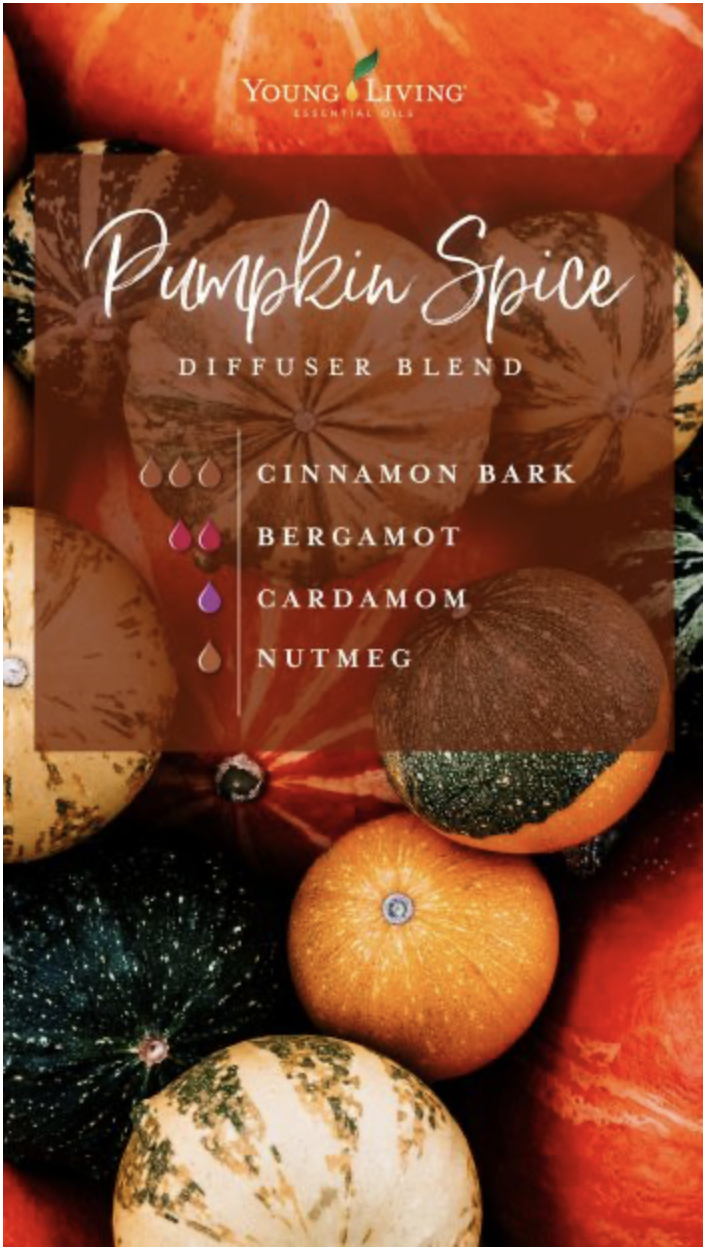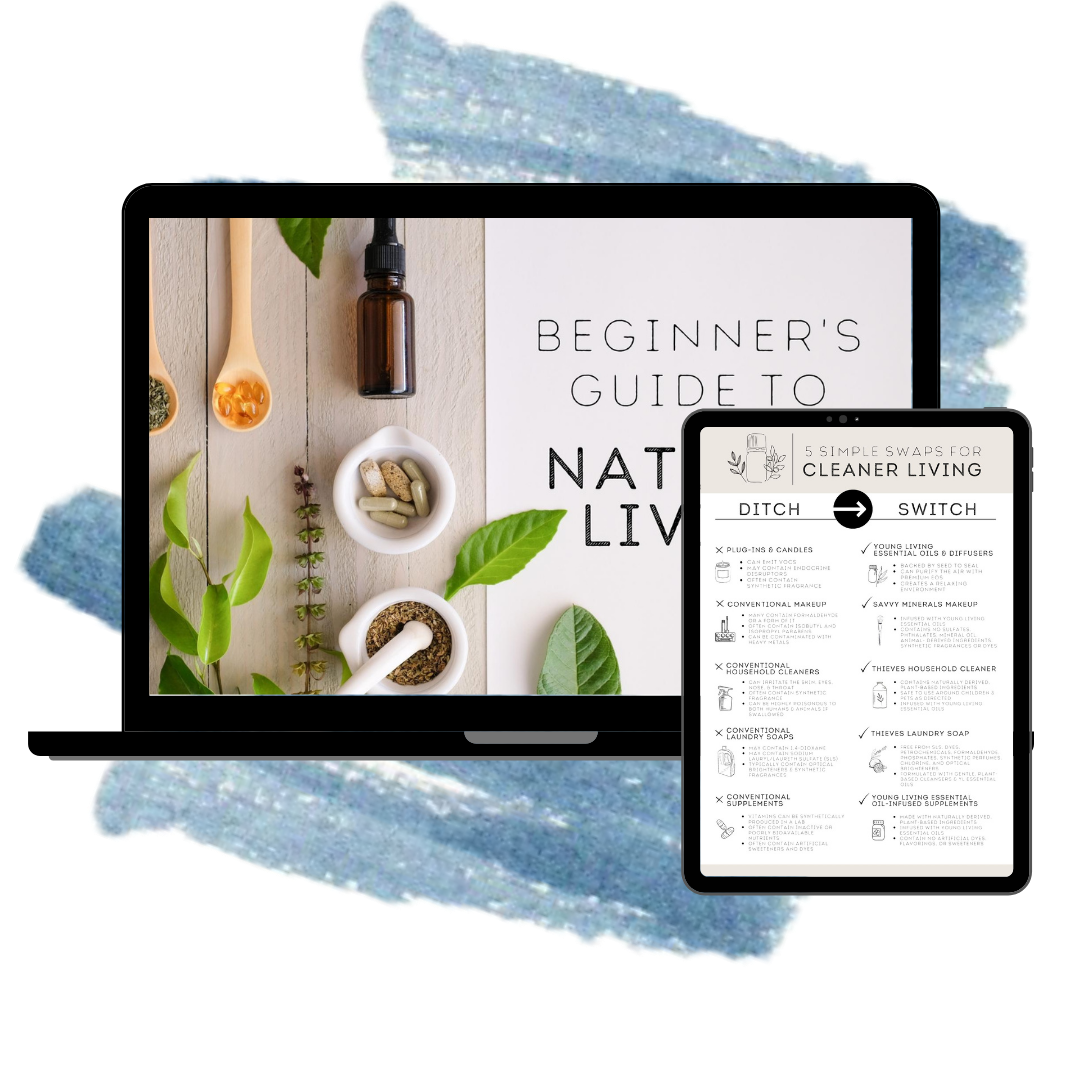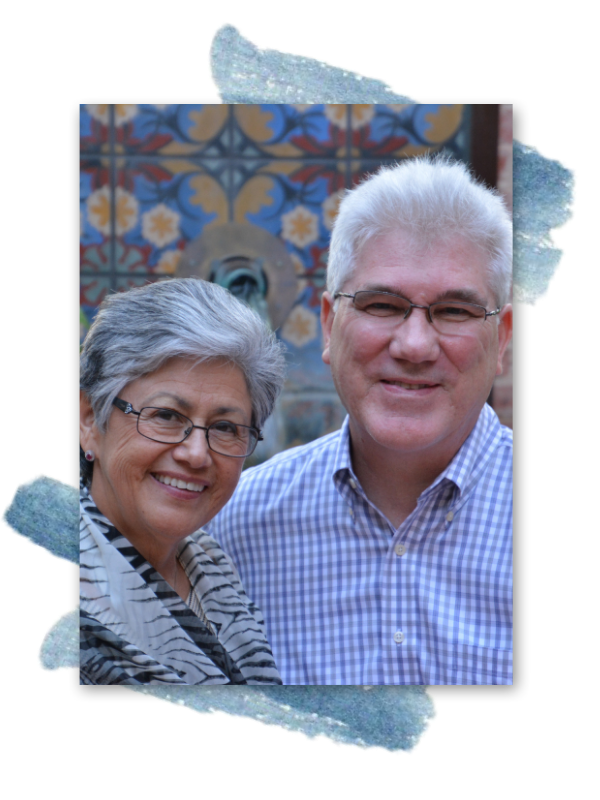
Step into the cozy embrace of autumn, where vibrant leaves dance whimsically in the crisp air and the aroma of pumpkin spice caresses your senses. But wait, dear reader, before you dive headfirst into the pumpkin-scented paradise, there's something sinister lurking beneath the surface. Yes, I'm talking about those toxic chemicals hiding behind the seemingly innocent label of "fragrance."
In this captivating blog post, we'll unravel the mystery of what truly lies behind the enchanting scent of pumpkin spice. Brace yourself for a flurry of surprises as we explore the shadowy realms of hidden toxins and their potential impact on your well-being. But fear not, for there is a secret weapon awaiting you. Young Living essential oils hold the keys to unlocking a toxin-free world of aromatic bliss, where the scent of pumpkin spice ignites joy without compromising your health. Prepare yourself for a pumpkin spice surprise like no other, as we unveil the transformative power of Young Living essential oils. Join us on this aromatic adventure and discover a whole new way to indulge in fall's favorite fragrance.
Starbucks Made Me Do It!
Starbucks introduced its autumn drink Pumpkin Spice Latte a few days earlier this year than last. Once that happens, we know we’re in peak pumpkin spice season.
That coffee drink’s success has spawned a host of other popular pumpkin spice products. One survey says Americans spend $500 million on pumpkin spice-scented or -flavored products every year.
In fact, it’s hard to get through the fall without running across a slew of pumpkin spice consumer products. Pumpkin spice is so popular because it triggers our associations with fall – holidays, family, and leaves changing color.
The problem with pumpkin spice products is often the same as with other scented and flavored consumer products, including cleaners, cosmetics, food, and more: They contain little – or none – of the substance they smell or taste like.
Question: Do you use "Candles" to give your house the "Pumpkin Spice Smell"? Continue reading.....
Pumpkin spice chemicals
So where does that delicious scent really come from? Chances are the “pumpkin spice” derives from a mix of dozens or hundreds of artificial and synthetic chemicals known as volatile organic compounds, or VOCs.
This class of chemicals includes terpenes and terpenoids like limonene, cinnamal, and vanillin, among others. Others may be found as contaminants. Many foods and consumer products are flavored or scented with pumpkin spice. Some of the most common pumpkin spice-scented products may be items used to “clean” the air, including air fresheners, diffusers, plug-ins, air sanitizing spray, scented candles, and mists.
What’s the cause of that scent?
VOCs may hide on product labels under the word “fragrance,” or “parfum,” which are usually made up of a proprietary mix of chemicals numbering sometimes in the thousands. *One study found that 134 household products with fragrances emitted potentially harmful and cancer-causing compounds. The study included 12 air fresheners.
But manufacturers aren’t required to disclose the full list of ingredients in fragrance. So it’s anybody’s guess what’s in it, and it often contains allergenic and hazardous chemicals, including some VOCs.
Flavors are used in foods but also in personal care products like lip balm and mouthwash. Fragrance can be found in other products, like perfumes and body sprays; hair styling products; all-purpose cleaners; disinfectants; and laundry detergents.
*Source: Environment Working Group
Causing Health Problems
Even if you can’t smell them, VOCs can cause a range of health concerns. Problems associated with VOC exposure include eye, nose, and throat irritation and headaches, nausea and vomiting, a loss of coordination, and even damage to the liver, kidney, and central nervous system. Symptoms are worse for people with longer exposures, such as those whose work puts them in frequent or long contact with the chemicals.
How to Protect Yourself
The federal government needs to do more to protect consumers from the potential health risks of fragrance. In the meantime, if you’re concerned about respiratory health and indoor VOC pollution, here are a few steps you can take.
- Research whenever possible. Many products used to scent the air aren’t required to disclose their ingredients, but you may be able to find information on brand or retailer websites.
- Keep your house clean. Rather than cover up bad smells, do the cleaning needed to get rid of them.
- Open windows. Indoor air is much more polluted than outdoor air. Bringing the outdoors in can help improve air quality.
The Secret Weapon!
At the beginning of this blog, I teased about a secret weapon to make my house smell like pumpkin spice without using any "fragrances" that could contain toxins. This secret weapon is four Young Living essential oils in a water diffuser. Thats it!
Pumpkin Spice diffuser blend: This blend is anything but basic. Cinnamon Bark, Bergamot, Cardamom, and Nutmeg work their aromatic magic, filling your home with the nostalgic scent of Granny’s famous pumpkin pie.

How do I get my house smelling like Pumpkin Spice, with toxic ingredients?
Well, first of all, ditch the candles and switch to Young Living essential oils and products.
If you are already a Young Living member, add these four essential oils mentioned above to your order...and if you need a diffuser....there are many to choose from!
If not, then by becoming a Young Living member through garyrathbun.com, you can not only access high-quality, pure essential oils and diffusers but also earn points towards free products and potentially enjoy a 24% discount on retail prices.
Summary
Thank you for taking the time to read my blog article about the hidden toxic chemicals in fragrance. I believe in the power of natural alternatives, which is why I recommend Young Living essential oils as a safer option for your home and personal care products. Take control of your health and join the Young Living community today!















